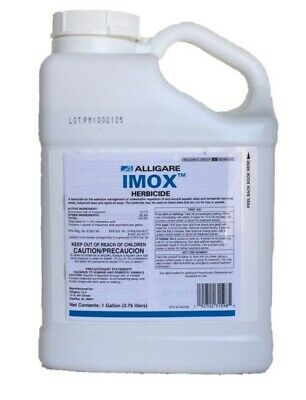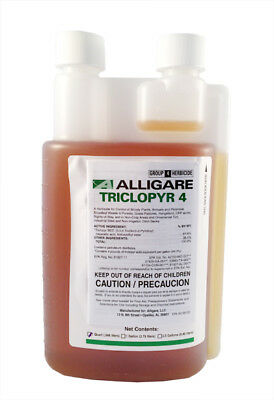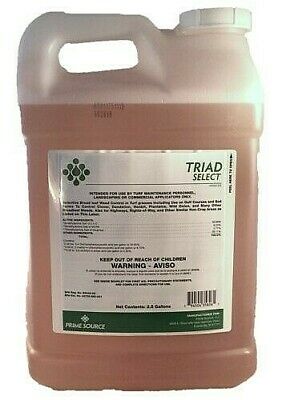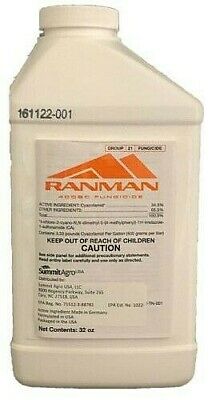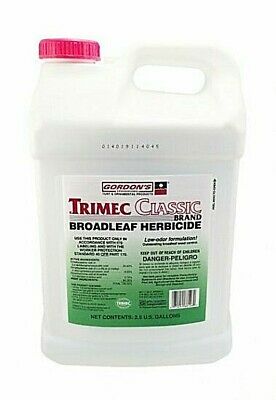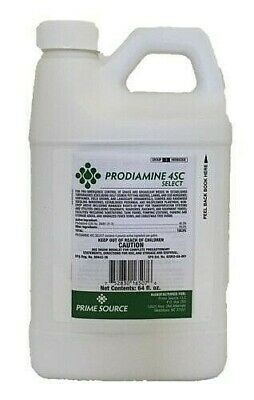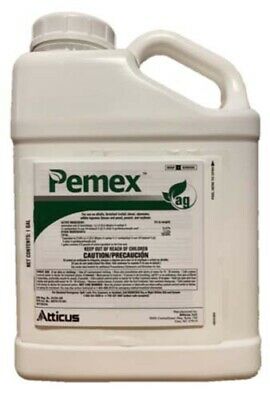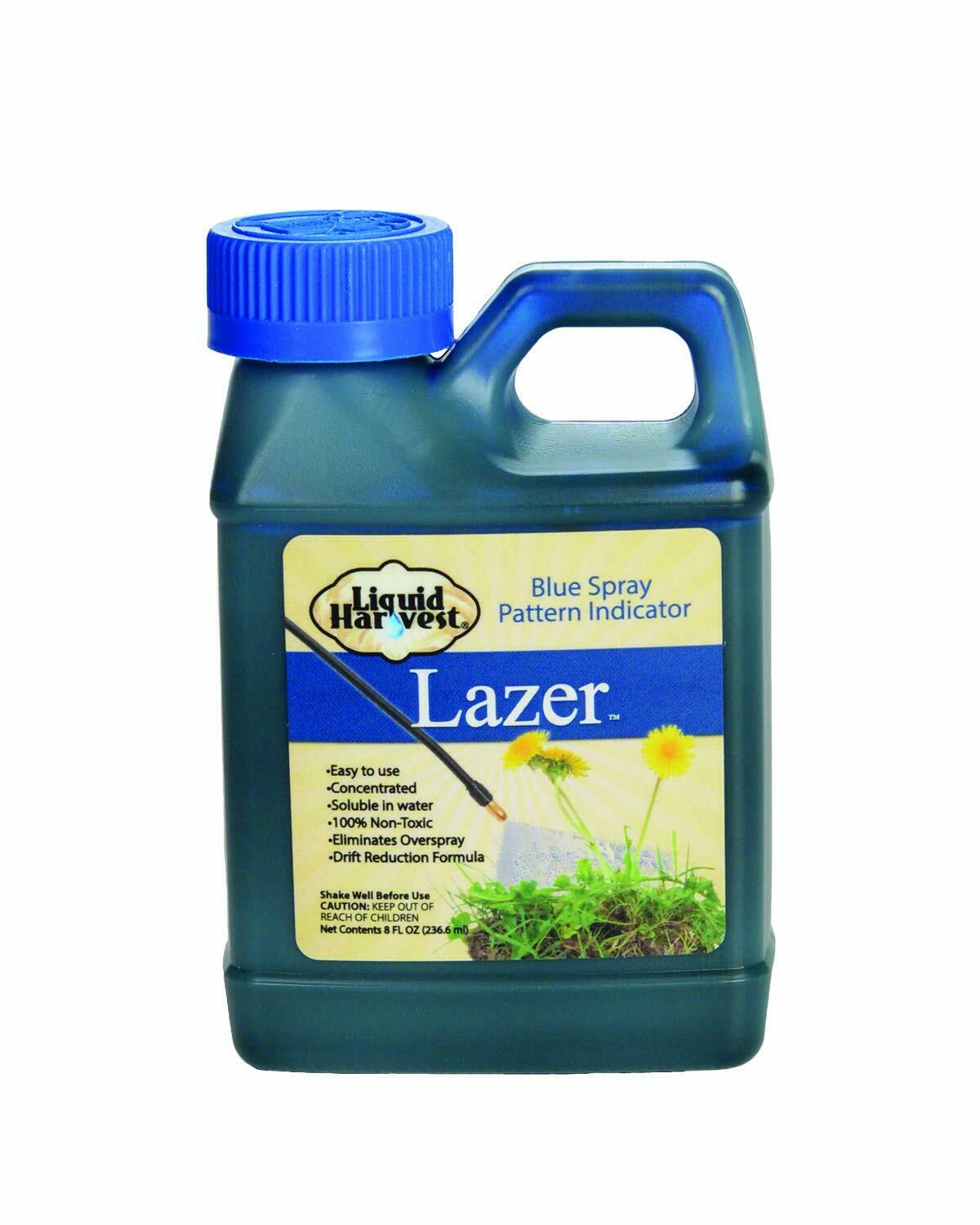-40%
Tank Cleaner Select -1 Quart by Prime Source
$ 14.75
- Description
- Size Guide
Description
Tank Cleaner Selectis a liquid brush! Use it when cleaning out your tank. It will help neutralize any chemical residue.
A powerful, liquid spray tank cleaner formulated to emulsify and bond pesticide residues to the rinse water for complete purging.
Tank Cleaner Select Features and Benefits:
DuPont and Syngenta approved
Won't plug screens and nozzles like dry tank cleaners
Penetrates residue buildup
Anti-redeposition aids improve cleanout
High pH neutralizes organic acids
Can be disposed of with normal rinsate solution
Contains corrosion inhibitors to protect equipment
Low-use rates
Tank Cleaner Select Label
Tank Cleaner Select MSDS
Tank Cleaner Select Brochure
DIRECTIONS FOR USE
Follow the cleaning instructions of the equipment manufacturer and the active ingredient label. If the manufacturer’s instructions are not available, use the following method:
• Clean as soon as possible after field use.
• Clean equipment near an area where the rinsate can be safely disposed.
• To prevent cross contamination between tank mixes, focus on cleaning all parts of the spray equipment, surfaces and measuring gear.
• Strainers should be inspected for clogs that can create pressure variability and spraying inaccuracy.
• Wear the same PPE as required by the most restrictive label.
For small tanks such as backpack sprayers:
Add about 1 ounce of Tank Cleaner SELECT for each gallon of water. Shake sprayer to cover all surfaces several times. Pour out water and repeat as needed. Rinse several times with fresh water until all signs of cleaning agent, such as foaming, are gone.
For large tanks:
Use about 1 quart Tank Cleaner SELECT per 400 gallons of water. Hard-to-eliminate residues, such as 2,4-D or dicamba may require increased amounts of Tank Cleaner SELECT, overnight soaking or repeated rinsing to completely eliminate these stubborn residues. Add rinse water, then tank cleaner, at an amount adequate for cleaning. Turn on circulation and allow to run for 10 to 15 minutes and then purge hoses, lines screens and nozzles for at least one minute or remove and clean separately. After cleaning, empty the system and completely flush all components with water.
HARD TO CLEAN RESIDUES AND RINSATE TESTING: Some residues, such as those from 2,4-D and dicamba, may be hard to remove. Carryover of these actives could injure certain crops if not thoroughly removed. It is recommended after cleaning that the rinse water be tested on sensitive plants to make sure enough residue has been removed. Apply rinse water directly to plants and observe for wilting or other stress. If damage occurs, repeat the cleaning process and retest.
Principal Functioning Agents
Anionic surfactants, chelating agents and ammonia.....100%


